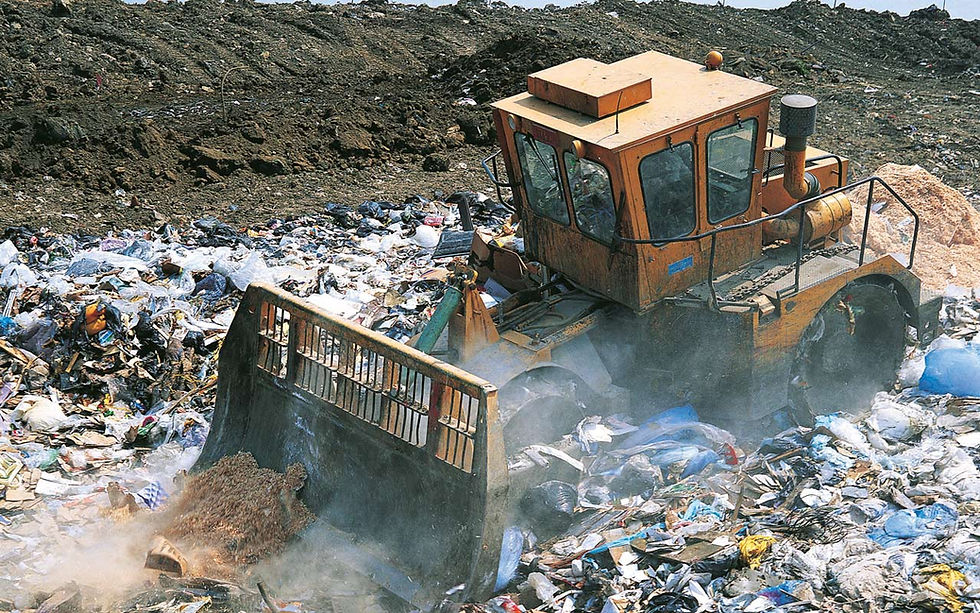The Dynamics of Global Secondhand Clothing Trade and Its Impact on Sustainable Fashion
- Thread Local 360

- Nov 13, 2023
- 2 min read
The global secondhand clothing trade is a vital aspect of sustainable fashion, operating as a system where used garments from high-income countries find new life in low-income nations. This trade involves the collection, sorting, and processing of donated or discarded clothing, often shipped in bulk to developing countries. The garments are then sold in local markets, thrift stores, or repurposed into new products.

One primary positive effect of this trade is its potential to reduce fashion-related waste and extend the lifespan of garments. By diverting used clothing from landfills, it addresses the industry's notorious waste and pollution issues, minimizing resource consumption and energy use associated with new textile production.

Economically, the global secondhand clothing trade offers benefits by providing affordable clothing options in developing countries where access to new garments may be limited. It also creates job opportunities in sorting, processing, and retailing used clothing, contributing to local economies and livelihoods. However, concerns arise regarding the potential disruption of local textile and garment industries due to increased competition and lower prices.

Despite its positive aspects, challenges exist. The trade may inadvertently contribute to carbon emissions and climate change due to the transportation of used clothing across long distances. Additionally, the quality of some secondhand garments may be subpar, and the trade could perpetuate a dependency on imported clothing, potentially undermining local clothing traditions and cultures.

To address these issues and enhance sustainability, strategies such as improving clothing quality, investing in local production, and promoting recycling and upcycling are crucial. Implementing fair trade and ethical practices within the secondhand clothing trade can further contribute to positive change.

In summary, the global secondhand clothing trade, while offering solutions to fashion industry waste, presents a nuanced picture of positive and negative impacts. Balancing economic benefits with potential disruptions to local industries and addressing environmental concerns through sustainable practices are the keys to harnessing the trade as a force for positive change in the fashion industry.








Comments